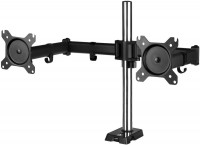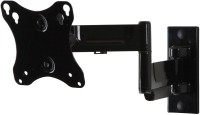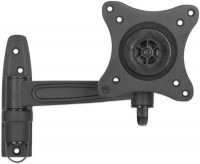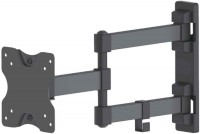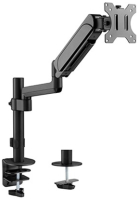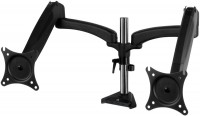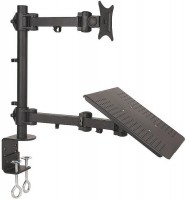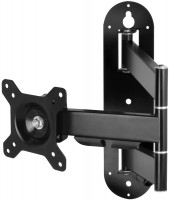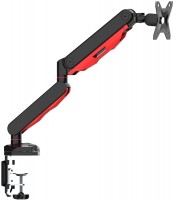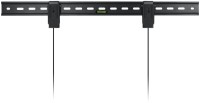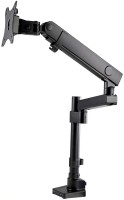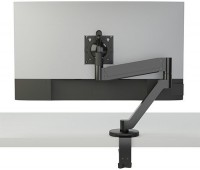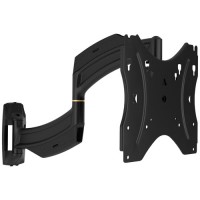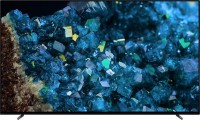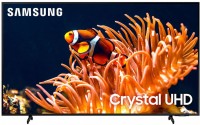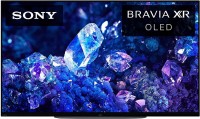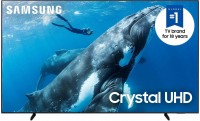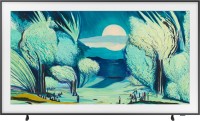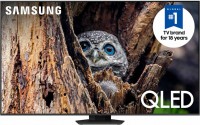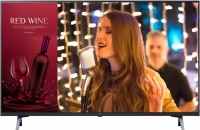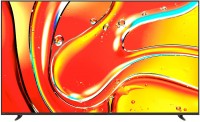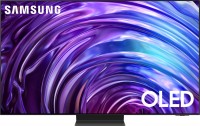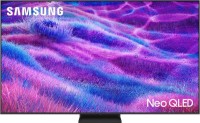LG 19LE3300 19 "
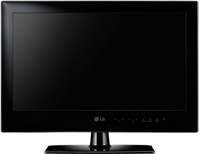 | Outdated Product $614.00 Size ("): 19; Screen coating: gloss; Resolution (px): 1366x768; Dynamic contrast: 1 000 000:1; Response time (ms): 3; Sound power (W): 6; Number of speakers: 2; Digital tuner: DVB-C (cable); HDMI: 2; Inputs: USB: USB; VGA; composite AV input; Outputs: mini-Jack (3.5 mm) headphones; Wall mount: VESA 75x75 mm |
LG 19LE3300 19 "
Screen:19 ", 1366x768 px
Multimedia:no Smart TV
All specifications
Specifications 19LE3300
|
| ||||||||||||||||||||||||||||||||||||||||||||||||||||||||||||
The information in the model description is for reference purposes.
Always clarify the specifications and configuration of the product with the online store manager before purchasing.
Catalog LG 2025 - new arrivals, bestsellers, and the most relevant models LG.
Always clarify the specifications and configuration of the product with the online store manager before purchasing.
Catalog LG 2025 - new arrivals, bestsellers, and the most relevant models LG.
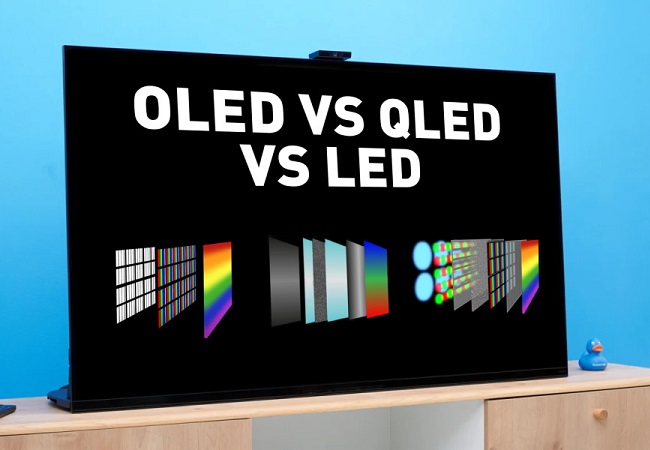
Which TV sensor is the best? And which one is optimal in terms of price and quality?We study the pros and cons of modern TV matrices

How to choose a TV diagonal and resolution for your room?Is it always worth taking a larger TV? Perhaps 55" will be too much for a small room, but 32" is a perfect option?
Additional features tv LG 19LE3300:
24p True Cinema
This mode allows you to watch movies as the director intended - on a big screen at 24 frames per second. Until recently, the movies we watched at home were played faster than in movie theaters. Because a movie that is shown on TV or sold on DVD must be set up to match the PAL format. The difference is that movies are shot at 24 frames per second, while the television standard is 25 frames per second.
- Light sensor
- Clear Voice II
- 24p True Cinema
- XD Engine
24p True Cinema
This mode allows you to watch movies as the director intended - on a big screen at 24 frames per second. Until recently, the movies we watched at home were played faster than in movie theaters. Because a movie that is shown on TV or sold on DVD must be set up to match the PAL format. The difference is that movies are shot at 24 frames per second, while the television standard is 25 frames per second.
We recommendCompare using chart →



